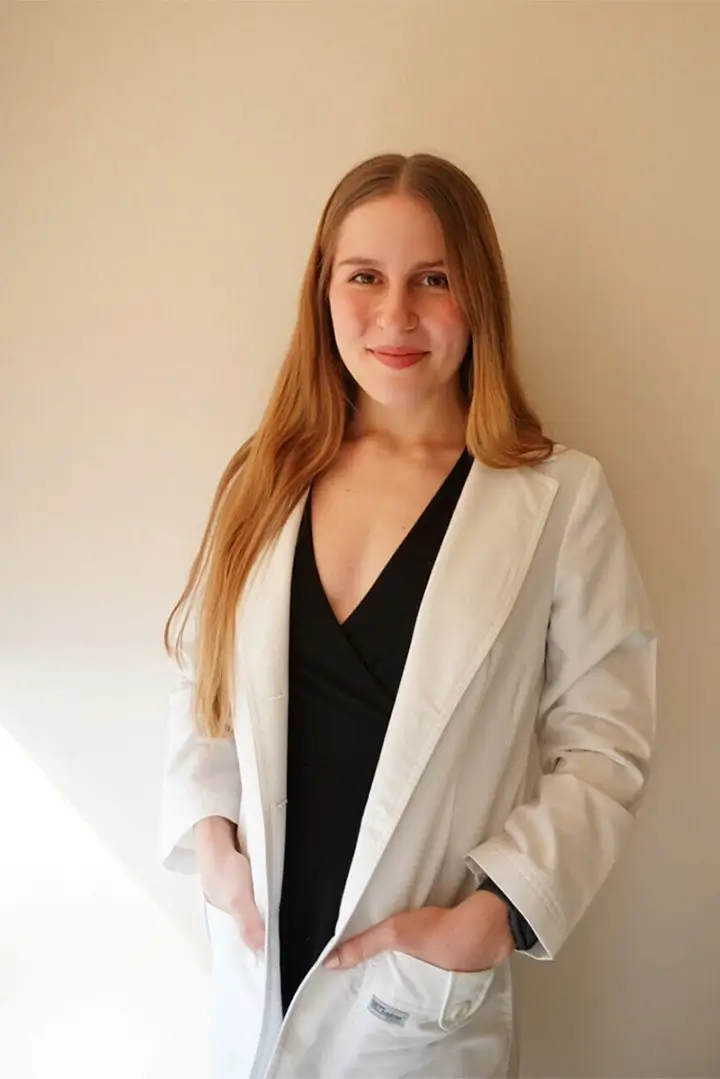One of the major advancements in the area of stem cell research has been the establishment of techniques for "retro-differentiating" of old cells into younger cells. Perhaps one of the best examples of this is the discovery by the Japanese group of Yamanaka the skin cells can be coaxed to take the resemblance of embryonic stem cells by transfection with 4 genes. These cells, called inducible pluripotent stem (iPS) cells have numerous applications in many fields.
From a therapeutic perspective, iPS cells allow for the first time the possibility of "reprogramming" adult cells into younger cells, thus opening the door to autologous stem cell therapy for tissue regeneration. In other words, the therapeutic dream of iPS is for one day to be able to take patient skin cells, transform them into stem cells, and then have a large supply of young cells that can be used for repairing any organ of the body.
The other major area in which iPS cells have made a major contribution is in the field of basic research/drug development. Currently when scientists develop new drugs the drugs are tested in human cancer cells that resemble the tissue that the scientist is interested in. So if someone was developing a drug to stimulate pancreatic cells to produce more insulin, the drug initially would be tested on insulinoma cells. If the drug has some positive effects it is then tested in animals, and if successful, in humans.
There are several problems with this model. The first is that many times the cancer cell lines that resemble healthy tissue do not resemble it well. This causes a lot of drugs that appear to work in cells not to work in animals. To some extent this problem is addressed by using cells derived from humans that are not cancerous. The drawback with this is that human cells are expensive and
possess great variability.
Since iPS cells are capable of generating human cells that are "younger", and since they can be created from skin of people with various diseases, the use of iPS cells to generate cells for drug testing has become very popular. For example, if someone wants to study the effects of drugs on ALS, neurons from ALS patients can be easily created from iPS cells in larger quantities than can be extracted from cadaver sources. Dr. Stormy Chamberlain from the UConn Health Center is performing work using iPS cells to develop an in vitro model of alcoholism. Specifically, skin cells will be extracted from alcoholic and non-alcoholic patients. iPS cells will be generated from these skin cells, and then converted into neurons in tissue culture. The neurons will be assessed for abnormalities that are specific to the alcoholic patients.
A collaborator, Dr. Jonathan Covault stated "As proof of principle, we have used skin cells from six subjects to generate pluripotent stem cells, and we have successfully created neural cultures from three of these to develop mature neurons," says Covault. "Going forward, we will compare neurons derived from healthy subjects with those from alcohol-dependent patients. We’ll be evaluating their ability to support electrical signaling and form neuron-to-neuron connections, as well as their pattern of chemical and gene expression responses to single and repeated exposures to alcohol."

